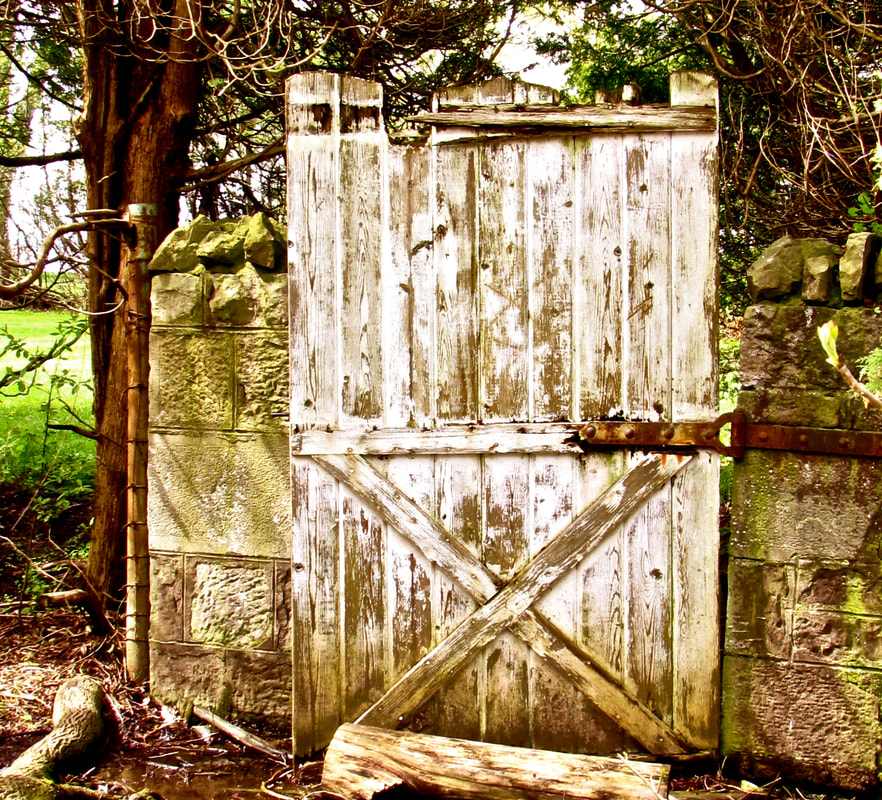While I might not have been in danger of drowning this week, the new novel by Julie Orringer chiseled its way into me. The Flight Portfolio is nominally based on the true story of the American, Varian Fry, who distinguished himself during WWII by setting up an American rescue mission in Bordeaux to smuggle to safety the great Jewish minds of Europe: “Chagall, painting in his house at Gordes, was an irreplaceable treasure. (...)They had to matter more than others, those men and women; they had to be brighter manifestations of light." The plot hurtles forward, as Fry races the clock.
He does succeed in saving thousands of Jews from certain death. In fact, Fry was, like Oskar Schindler, posthumously named “Righteous among Gentiles.” Thanks to him, not only artists like Chagall but philosophers like Hannah Arendt and writers like Max Ernst, survived to further enrich Western culture.
It should be said that part of this novel invented -- in particular, a memorable character who is the vehicle for a moving love story. (The author’s Afterword advances an argument to justify such a character.) This character's presence only deepens the theme of consciously choosing the precipice of action over comfortable complacency:
If we could pin down the moments when our lives bifurcate into before and after—if we could pause the progression of milliseconds, catch ourselves at the point before we slip over the precipice—if we could choose to remain suspended in time-amber, our lives intact, our hearts unbroken, our foreheads unlined, our nights full of undisturbed sleep—would we slip, or would we choose the amber?
This novel is about the precipice.
The American Rescue Mission that Fry founded is profoundly inspiring, but what really elevates this novel is the richness of its prose. Objects take on deeper meanings: A wind at sea describes a tense moment in a sailboat: “The air had become taut between them, snapped into a sharp transmitter of movement and respiration.” Later, warily in public, Fry notices someone holding “a wicker cage on her lap, inside of which lay the shadowy form of a doomed rabbit.” He descends a staircase “that spilled from the station like a cubist waterfall.” I particularly loved the description of Chagall’s atelier as containing work “in its pupal state, damp and mutable, smelling of turpentine, raw wood, wet clay.” Yup.
Throughout, the sparks of human intelligence drive the novel. When a great writer commits suicide out of despair, Fry mourns his death in both mechanistic and spiritual terms:
the drug had gone to work, shutting down the intricate machinery of the body, breaking its fine linkages, silencing its humming wires, dimming the electric light of the brain until it went dark. That beautiful brain ceasing to send its beacon out into the night.
Fry and Orringer both believe that "Artists save lives. So do outspoken champions of democracy. And journalists." I heartily recommend The Flight Portfolio and I hope you enjoy it as much as I did. I read a library version but plan to buy the novel. Let me know if you would like to borrow it. z

 RSS Feed
RSS Feed
